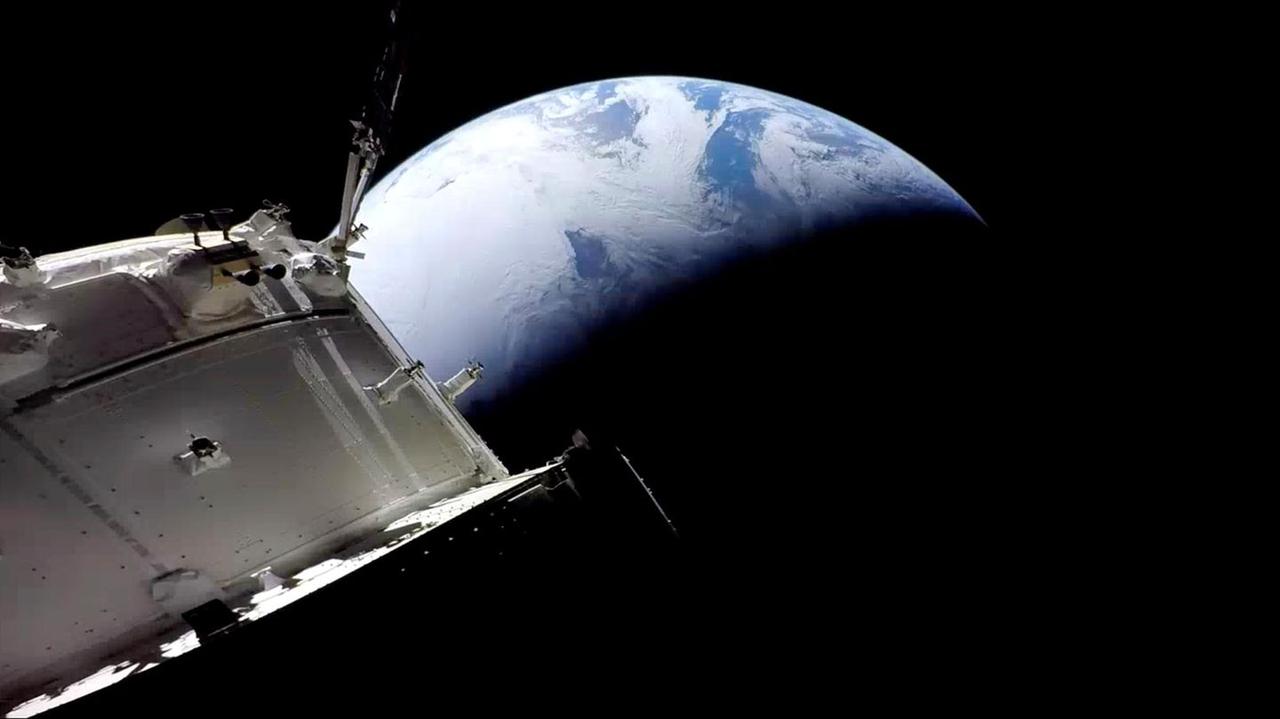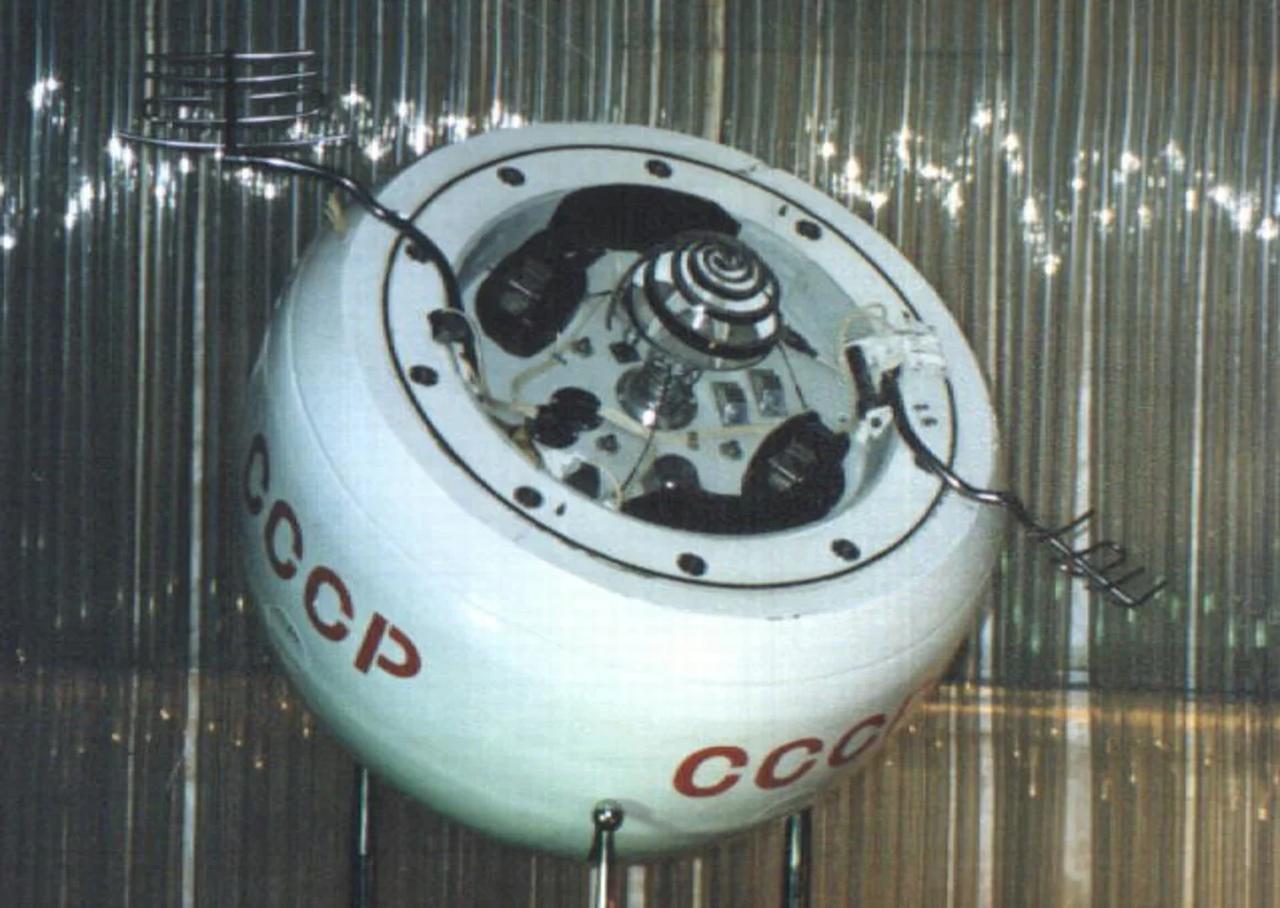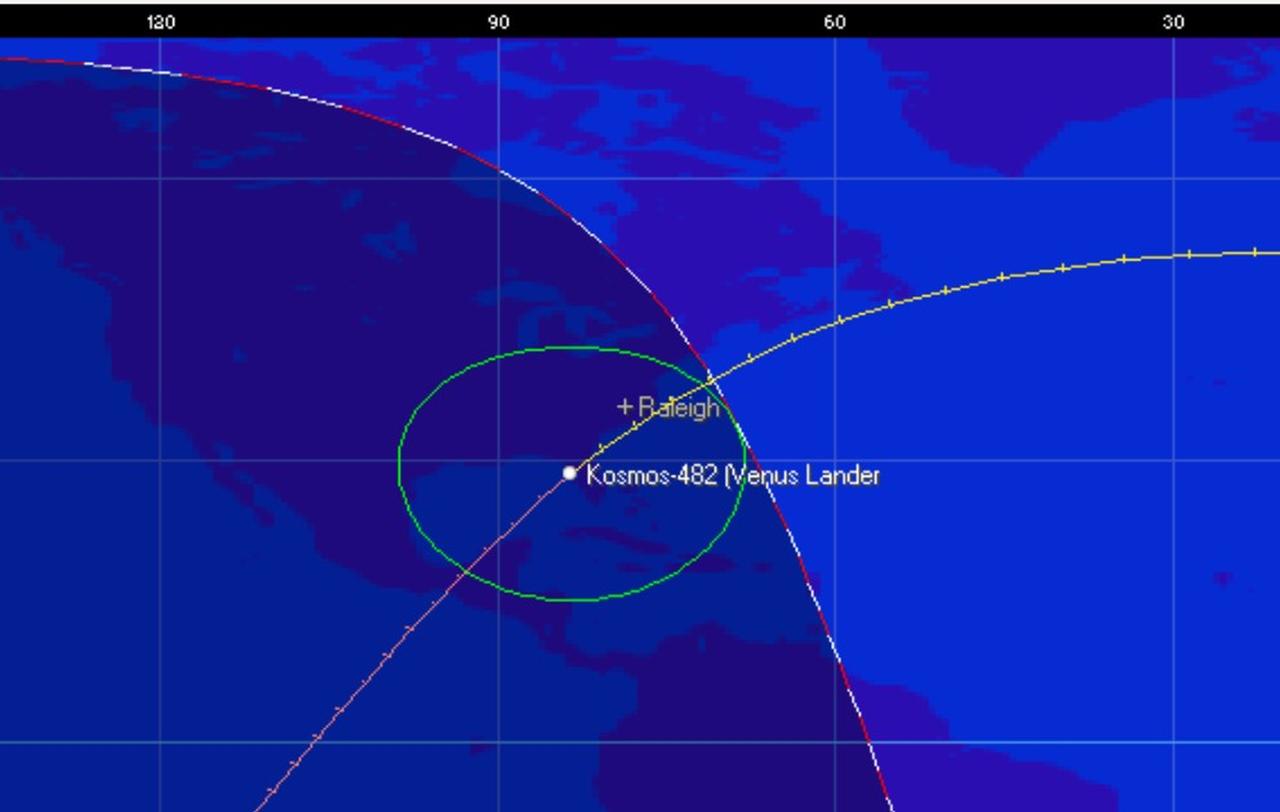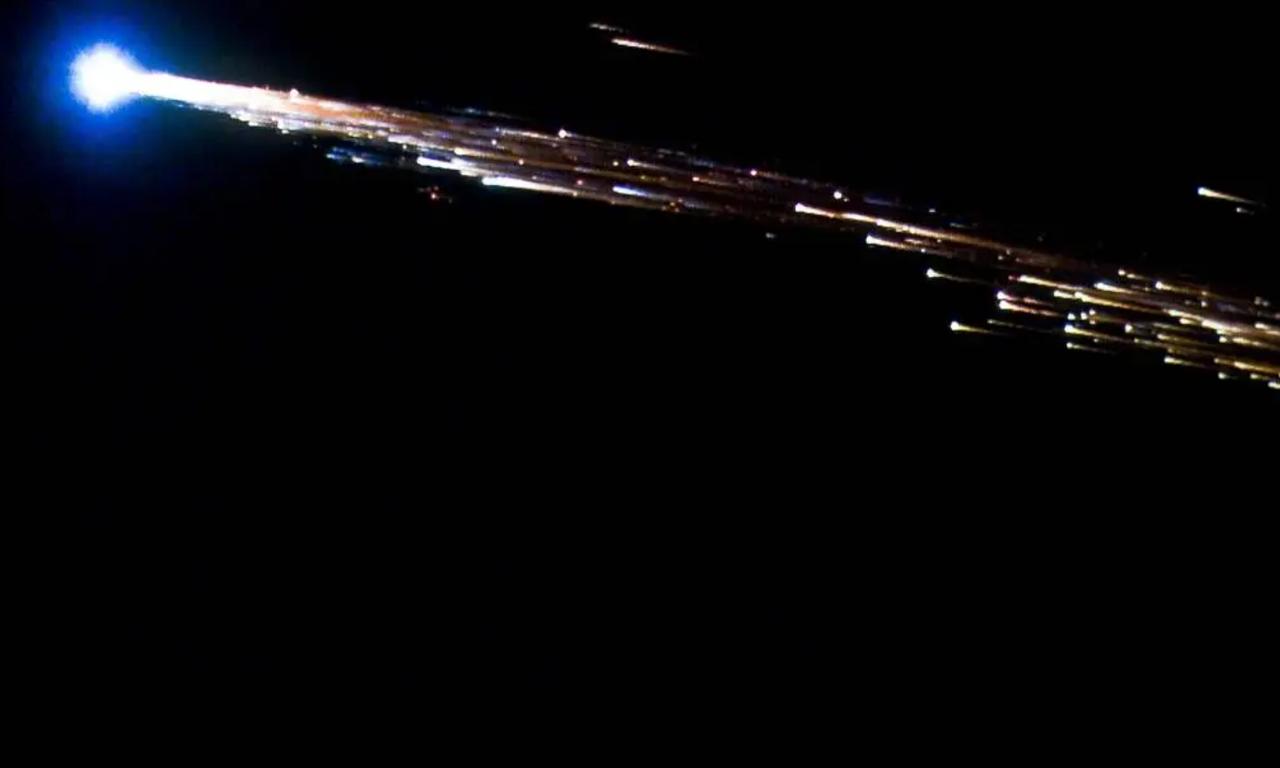
An old Soviet space probe, originally intended for a mission to Venus, is on a collision course with Earth, and experts warn that Türkiye could be in the danger zone.
The spacecraft in question, Kosmos 482, or Cosmos 482, was launched on March 31, 1972, from the Baikonur Cosmodrome in Kazakhstan. It was part of the Venera 8 mission, designed to explore Venus. However, due to a malfunction in its final rocket stage, the probe never left Earth’s orbit.
According to BBC Turkish Now, more than 50 years later, its 495-kilogram descent module is expected to re-enter Earth’s atmosphere in early May, with an uncontrolled impact projected between May 8 and 14.

The greatest concern surrounding Kosmos 482 is that it may not burn up in Earth's atmosphere. Built to endure Venus’ dense atmosphere and extreme heat, the module is equipped with one of the most robust heat shields ever constructed for a space mission.
“The lander was designed for a much harsher atmospheric entry,” said space analyst Georgi Trishkin. “Its shield and closed compartment are likely to survive re-entry.”
The parachute system, once observed as deployed, is now thought to be non-functional, which reduces the chances of a soft landing and increases impact risk.

Analysts tracking the object say the descent module is moving in an elliptical orbit, ranging between 2,010 km and 9,800 km above Earth. Calculations indicate its path passes over parts of Egypt, Syria, Türkiye, and Azerbaijan, raising the possibility of debris falling in populated areas.
Trishkin stated that the impact energy could be equivalent to the detonation of several hundred grams of TNT—not large enough to cause widespread destruction, but enough to cause damage or injury if it strikes an inhabited zone.

Kosmos 482 was never meant to carry the "Kosmos" name. In the 1970s, the Soviet Union routinely rebranded failed interplanetary missions under the Kosmos designation to conceal technical failures from the public.
While Venera 8, launched just days earlier, successfully reached Venus, Kosmos 482 remained trapped in Earth's orbit due to the failure of its final rocket stage, known as Block L.
According to NASA, the original spacecraft broke into four pieces shortly after launch. While two of them burned up in Earth's atmosphere within 48 hours, the descent module and propulsion unit remained in orbit for decades.

While past spacecraft like Mir have been de-orbited in a controlled manner, Kosmos 482's reentry is uncontrolled, making precise predictions difficult. Most components of satellites disintegrate upon atmospheric entry, but Kosmos 482’s hardened design gives it a higher chance of surviving intact.
The exact time and location of its reentry will likely only become clear hours before impact, leaving little time for mitigation.